OVERIVEW
Ngor Ewam Choden Monastery (Ngor Monastery) was founded in 1429 by the great master Ngorchen Kunga Zangpo (1382-1450). Prophesised by the Buddha,Ngorchen Kunga Zangpo was a brilliant scholar, teacher and Vajramaster.
Ngor Monastery was named Ngor Ewam Chodan because while it was under construction, Ngorchen Kunga Zangpo dreamt that the collection of all Dharma arises from the letters E and WAM. He established the main monastery of Ngor, which became an institute where comprehensive studies in both Paramitayana (Sutrayana) and Vajrayana were taught. Ngor Monastery was later regarded as an epicentre for Vajrayana studies amongst the Sakya tradition.
Ngor Monastery is the head of hundreds of other monasteries located in India, Sikkim and Tibet. For over 500 years, the very name 'Ngor' has been synonymous with great learning. Ngor's tradition of great scholarship and practice continues to this present day with His Eminence Luding Khenchen Rinpoche and Luding Khen Rinpoche being highly regarded within all traditions of Tibetan Buddhism.
Ngor Monastery, Xigatse Tibet
CONTEMPORARY NGOR MASTERS
Four 'Ladrangs' or houses make up Ngor Monastery, which are Luding, Khangsa, Thartse and Pende. The contemporary Ngor masters are:
- His Eminence Luding Khenchen Rinpoche (Luding Khenchen Rinpoche),
- His Eminence Luding Khen Rinpoche (Luding Khenpo),
- His Eminence Thartse Khen Rinpoche (Thartse Khenpo),
- His Eminence Phende Khen Rinpoche (Head of the Ngor Monastery in Tibet),
- His Eminence Khangsa Shabdrung (Khangsa Shabdrung), and
- His Eminence Luding Shabdrung (Luding Shabdrung).
These masters are highly revered within both the Sakya tradition and other Tibetan Buddhist traditions.
Both Luding Khenpo and Thartse Khenpo were extensively trained from a young age in the Sutrayana, Mantrayana and rituals by Luding Khenchen Rinpoche.
Khangsa Shabdrung has completed extensive studies at Ngor Monastery and the Sakya Institute of Vajrayana and has also received extensive training from Luding Khenchen Rinpoche.
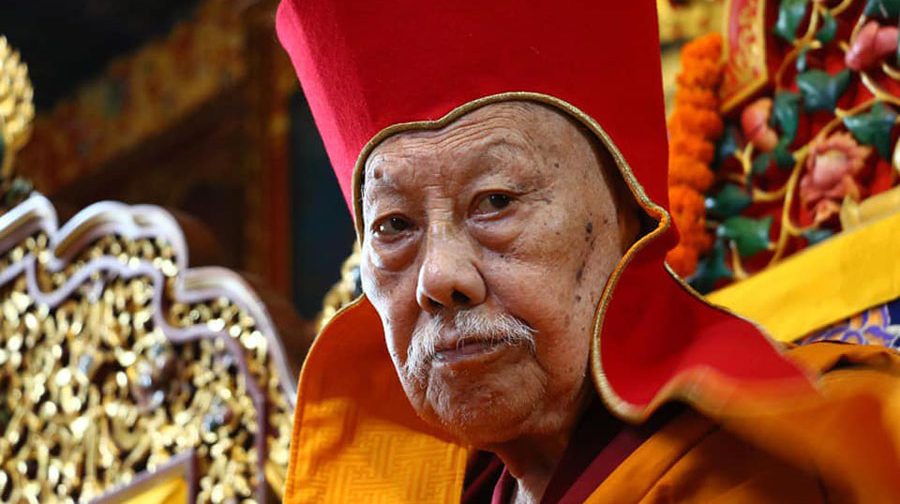
His Eminence Luding Khenchen Rinpoche
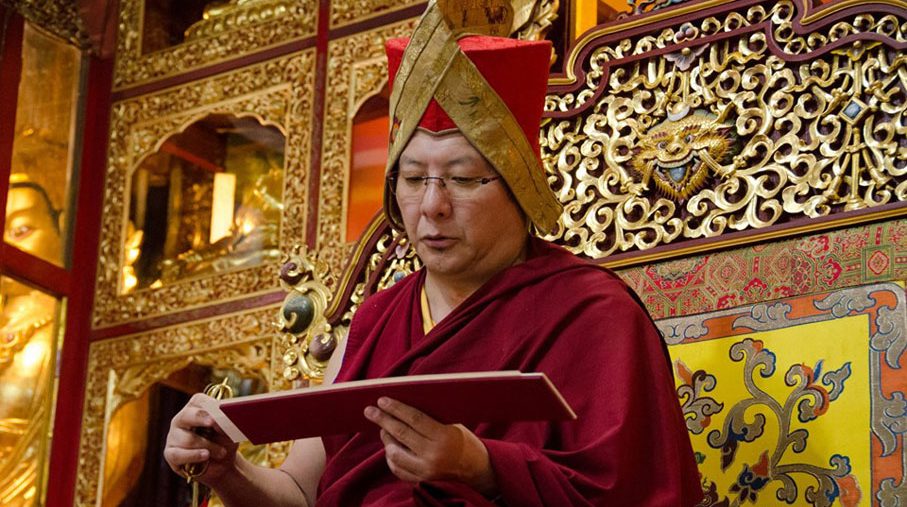
His Eminence Luding Khen Rinpoche
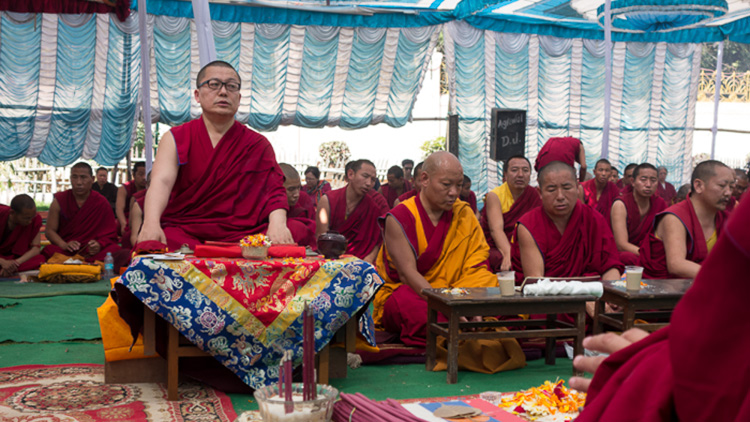
His Eminence Thartse Khen Rinpoche
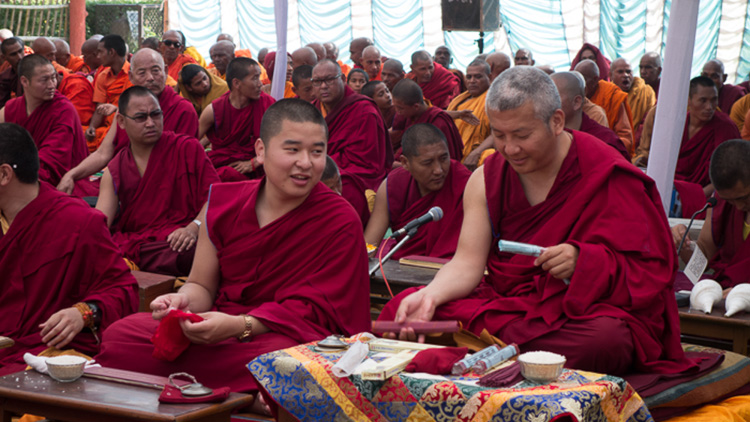
His Eminence Khangsa Shabdrung (with His Eminence Luding Khen Rinpoche)
NGOR MONASTERY, INDIA
In 1959, Ngor Monastery was continued by the Ngor Abbot His Eminence Luding Khenchen Rinpoche in a quiet forest in Manduwala, Uttrankhand, Northern India. Through Rinpoche's skilful and wise leadership, the Monastery has re-established the education and training of monks in all of the annual Drubchot great Vajrayana rituals, has become a flourishing training school for young monks, a retreat centre, a library and houses the only Sakya Pandita shrine in India.
The construction of the Sakya Institute of Vajrayana (Sakya Institute) was completed in 2008, which specialises in higher monastic education of the sutras and tantras.
The dharma activity of Ngor Lineage continues to flow for the preservation of the authentic Buddhadharma.
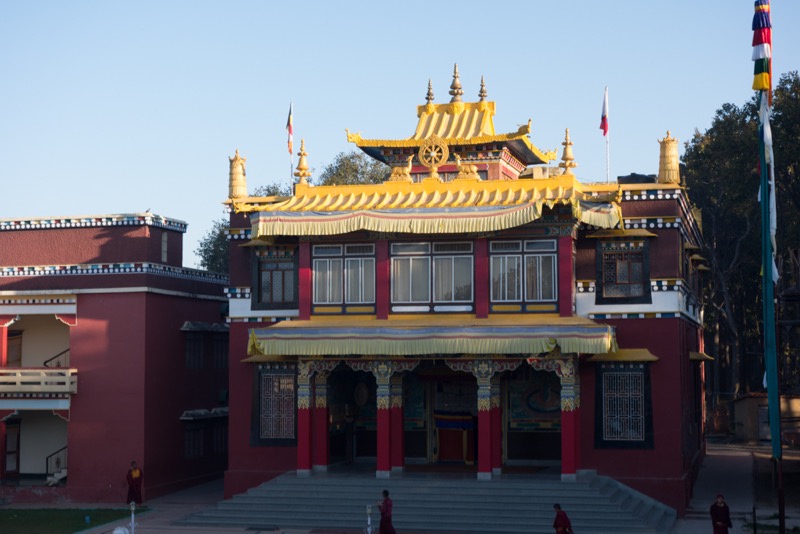
Ngor Monastery, Manduwala India
THE SAKYA INSTITUTE OF VAJRAYANA, INDIA
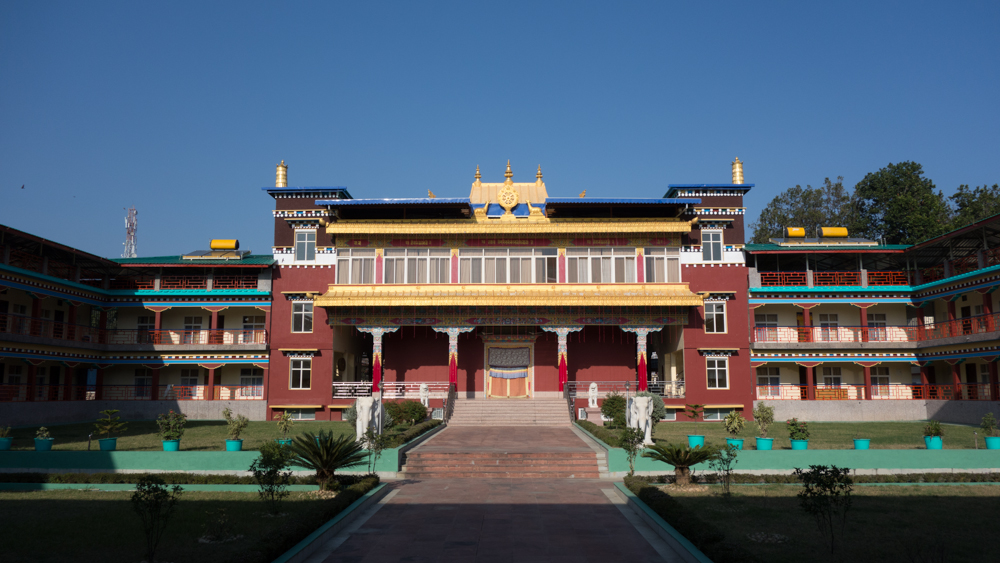
The Sakya Institute of Vajrayana, Manduwala India
The Sakya Institute of Vajrayana (SIV) is located within one kilometer of Ngor Monastery, India.
His Eminence Luding Khen Rinpoche (Luding Khenpo) initiated the construction of Sakya Institute in 2004 as a precious gift for the learning of higher Vajrayana Buddhism under the guidance and encouragement of the Late and Most Venerable Khenchen Appey Rinpoche.
Khen Chen Appey Rinpoche inspired and guided Luding Khenpo in the establishment of Sakya Institute, its curriculum and activities until his entrance into parinirvana.
Sakya Institute is home to approximately 90 monks who each day attend sutra and tantra classes delivered by Sakya Institute’s main abbots (Khenpos) and teachers.
NGOR MONASTERY, TIBET

His Eminence Phende Khen Rinpoche
Presently, the head of the Ngor monastery in Tibet is His Eminence Phende Khen Rinpoche. Under him are Khenpos (Abbots),Vajra masters, retreaters and ordinary monks comprising of 300 monks altogether.
The monks attend classes on the various Sutrayana and the Vajrayana teachings at the Ngor Institute, given by the Khenpos. The Vajra masters oversee the monks in retreat and assist them with all their needs.
The monastery houses a huge collection of old and sacred texts. It also has many sacred statues, in particular the look alike statue of Ngorchen (the founder), which preserves the most precious relics of Ngorchen, collected from the bones and ashes of his body. The five different coloured relics were placed in the statue during it’s consecration.
The monastery continues all its tradition of pujas and rituals since the times of Ngorchen, which were passed down from Mahasiddha Virupa to the first five founders masters of Sakya.